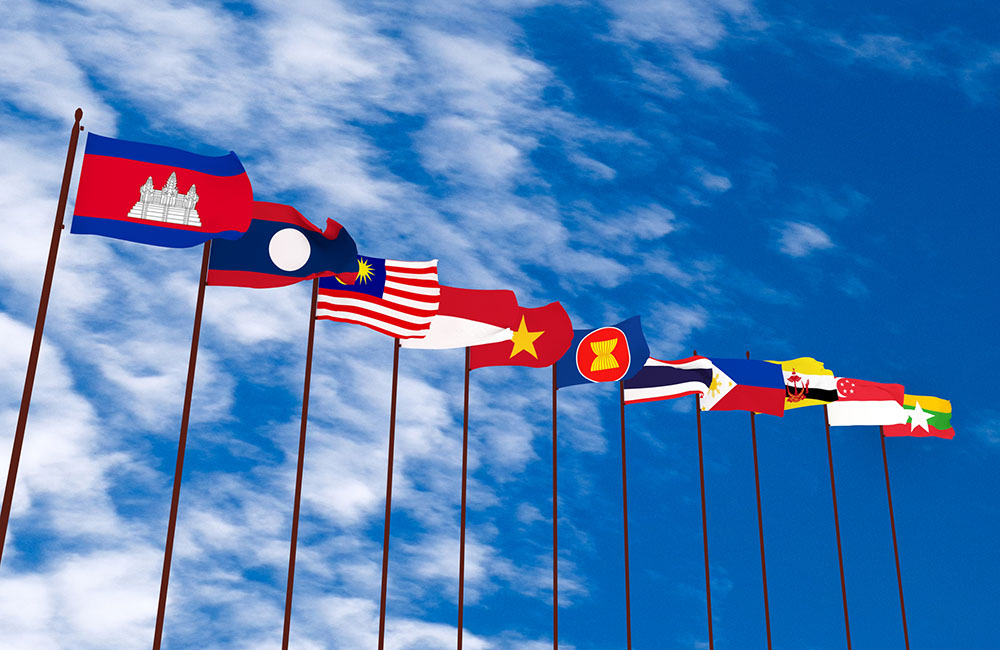How the ACFTA 3.0 deal positions the region for sustainable, cross-border growth
The ASEAN-China Free Trade Agreement 2025, also referred to as ACFTA 3.0, is nearing finalization, with both sides expecting to sign the updated framework later this year. As global trade realigns post-pandemic and amid growing geopolitical fragmentation, the renewed agreement is being hailed as a critical tool to deepen economic resilience and modernize cooperation between the world’s most dynamic trading partners.
In the first seven months of 2025, trade between ASEAN and China reached $552 billion, accounting for approximately one-sixth of China’s total foreign trade. China has been ASEAN’s largest trading partner for 15 consecutive years, while ASEAN has ranked as China’s top trading partner since 2020. The urgency and ambition behind ACFTA 3.0 underscore the bloc’s shared desire to create a high-standard economic framework tailored for the digital age.
What’s changing in ACFTA 3.0?
The original ASEAN-China Free Trade Agreement, implemented in 2010, focused largely on tariff reduction. But ACFTA 3.0 goes beyond tariffs to target six key areas:
Digital economy
Green economy and sustainability
Supply chain connectivity
Standards and technical regulations
Competition policy and consumer protection
Support for micro, small, and medium enterprises (MSMEs)
This shift reflects how trade cooperation has evolved in the 2020s. Rather than just moving goods efficiently, modern FTAs must now ensure data interoperability, climate alignment, and inclusive SME participation. As the global economy becomes more tech- and service-oriented, ACFTA 3.0 seeks to embed these princip
Malaysia’s pivotal role in 2025
Malaysia, which holds the rotating ASEAN chair this year, has taken on a central role in facilitating the conclusion of the agreement. Speaking earlier this month, Prime Minister Anwar Ibrahim expressed confidence that legal reviews and domestic consultations will be completed by Q4 2025.
This momentum also illustrates the strategic value of regional alignment in a time of global uncertainty. While U.S.-China tensions continue and the EU pursues carbon border taxes, the ASEAN-China economic bloc is actively working to remove friction, not add it — making it a potential model for other regions.
Editorial insight: More than a trade deal — a regional rebalancing
The ASEAN-China Free Trade Agreement 2025 represents more than just an update — it reflects a new understanding of what “trade” means in this era.
Digital protocols will allow fintech, AI, and e-commerce startups across ASEAN to scale more seamlessly into China
Green clauses will push participants to align trade growth with emissions goals
SME provisions will make it easier for smaller players to plug into global supply chains, especially in agri-tech and consumer goods
The timing also matters. With global institutions under strain and supply chains being rewired, ACFTA 3.0 helps ensure Asia has a rule-based, modern trade framework at its core.
Future outlook: A springboard for multilateral leadership
Once signed, ACFTA 3.0 will mark a shift in Asia-Pacific trade governance — away from reactive diplomacy and toward proactive economic design. It could also boost the region’s bargaining power in broader multilateral settings, such as the Regional Comprehensive Economic Partnership (RCEP) or even in WTO reform talks.
In short, this agreement is not just a regional win. It is a statement of ambition, setting the tone for how Asia plans to compete and cooperate in a fragmented global order.















